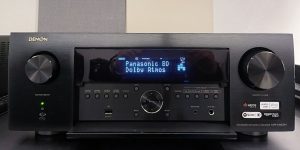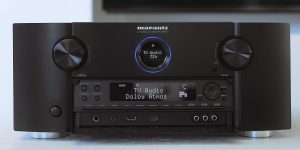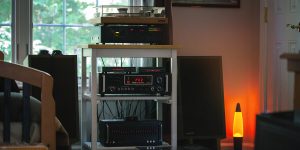AV receivers are essential components of a home theater system, providing high-quality sound and video to enhance your viewing experience. However, they also consume a significant amount of electricity, even when not in use. Some people even used to unplug their older units when those weren’t in use. While proven reliable, this method is far from convenient.
That’s where standby modes come in. By using standby mode settings, you can reduce the power consumption of your AVR, save energy, and extend its lifespan. In this article, I will take a closer look at AV receiver standby modes, their different types, benefits, and how to use them safely and effectively.
What are AV receiver standby modes?
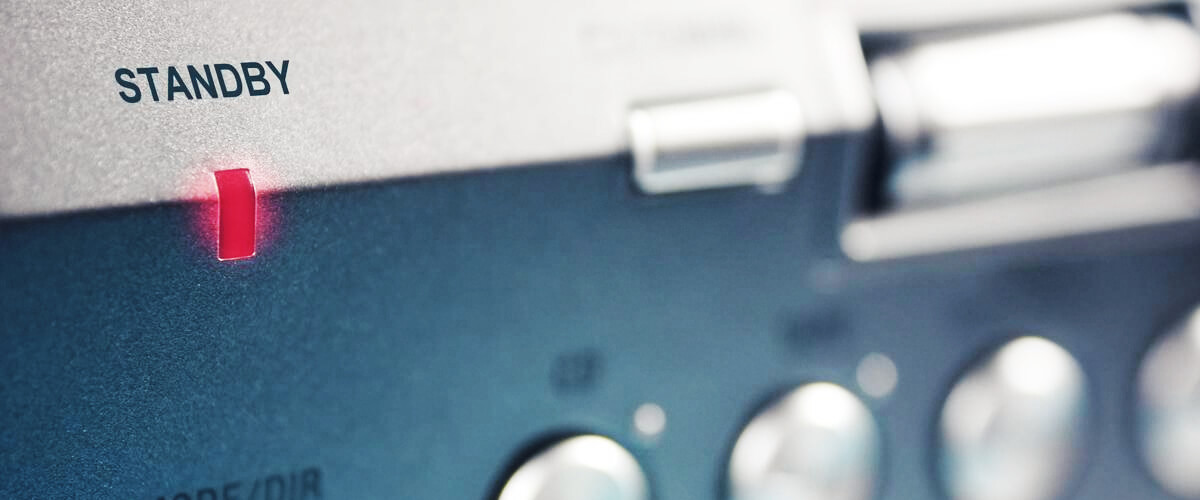
Standby mode is a low-power mode that AV receivers enter when not in use. This mode is designed to conserve energy and extend the life of the device. So, this is one of the essential energy-saving features of any receiver. Each standby mode affects power consumption and device operation differently. So, here is a comparison table to give you a clue.
| Standby Mode | Power Consumption | Device Operation | Standard Settings |
|---|---|---|---|
| Standby | Less than when turned on | The device is off but can be turned on manually | Automatic shut-off, Sleep timers, and Power-saving features |
| Network Standby | More than standby mode | The device stays connected to the network and can be turned on remotely | Automatic shut-off, Sleep timers, and Power-saving features |
| Eco Mode | Less than other standby modes | Reduces power consumption and may affect performance when turned on | Automatic shut-off, Sleep timers, and Power-saving features |
Benefits of using AV receiver standby modes
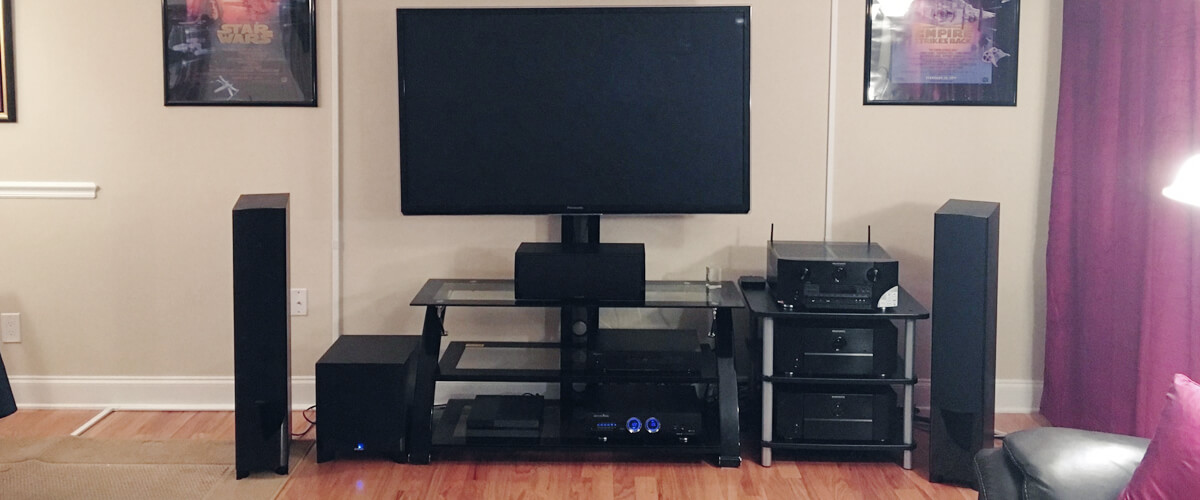
Using standby modes can bring several benefits to users and the environment. One of the main advantages of using standby modes is energy savings. As mentioned earlier, an AV receiver can consume significant power even when not in use. With standby modes, the device’s power consumption can be reduced to a fraction of its standard operating power. This translates to lower electricity bills and a reduced carbon footprint.
Increase lifespan
Another benefit of using standby modes is increased device lifespan and reliability. By turning off power-hungry components when not in use, standby modes can reduce the stress and wear on the device’s internal components. This can result in a longer device lifespan and better performance over time.
Additional convenience
Finally, standby modes can provide users convenience and ease of use. With the device set to standby mode, users can quickly power on the receiver and start watching or listening to the desired content without waiting for the device to boot up. Thus, it saves a lot of time and is far more comfortable when compared to staring at the receiver after unplugging it.
How to set up and configure AV receiver standby modes?
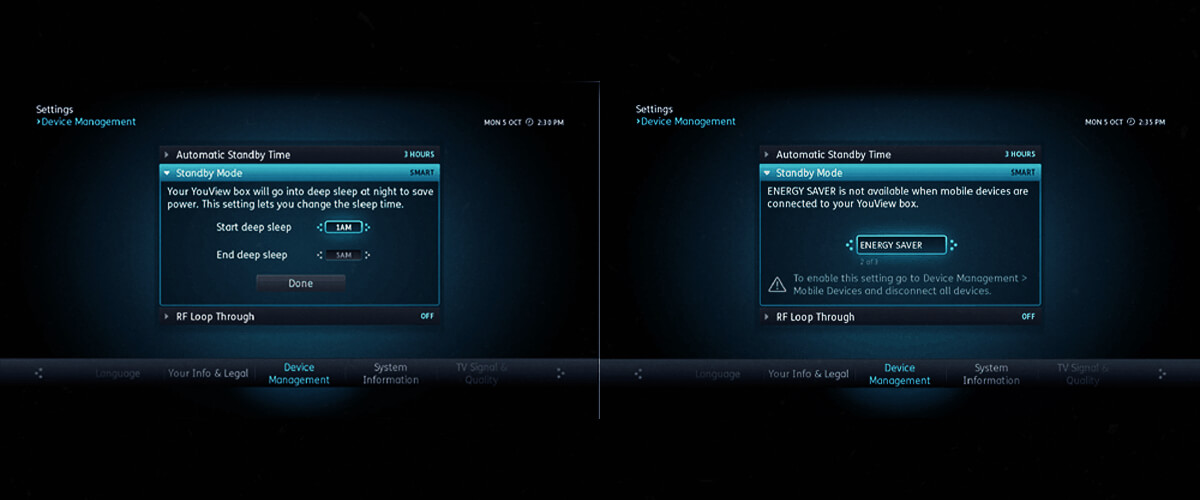
Setting up and configuring standby modes on an AV receiver can vary depending on the device model and brand. However, the process is typically straightforward and can be done through the device’s menu or settings.
To set up, configure, and be able to start using standby modes safely, you should consult your device’s user manual or manufacturer’s website for specific instructions. Generally, you can follow these steps:
- Turn on the AV receiver and navigate to the device’s settings menu.
- Locate the standby mode settings option and select it.
- Choose the desired standby mode from the available options (e.g., standby, network standby, eco mode).
- Adjust any additional settings or preferences as needed (e.g., wake-up time, power consumption limits).
- Save the changes and exit the settings menu.
Consider following my recommendations to optimize the standby mode settings for maximum energy efficiency and device performance:
- Choose the lowest power-consuming standby mode that meets their needs.
- Set the wake-up time to a time that coincides with their usual usage pattern.
- Disable any unnecessary features or functions that may consume power during standby mode (e.g., HDMI-CEC).
- Use an external power strip with an on/off switch to completely cut off power to the device when not in use.
The bottom line
Understanding and using AV receiver standby modes can bring numerous benefits for both the users and the environment. Thus, by reducing power consumption and stress on the device’s internal components, you can save energy, decrease electricity bills, and extend the device’s lifespan. In addition, such modes can provide convenience and ease of use of this equipment.

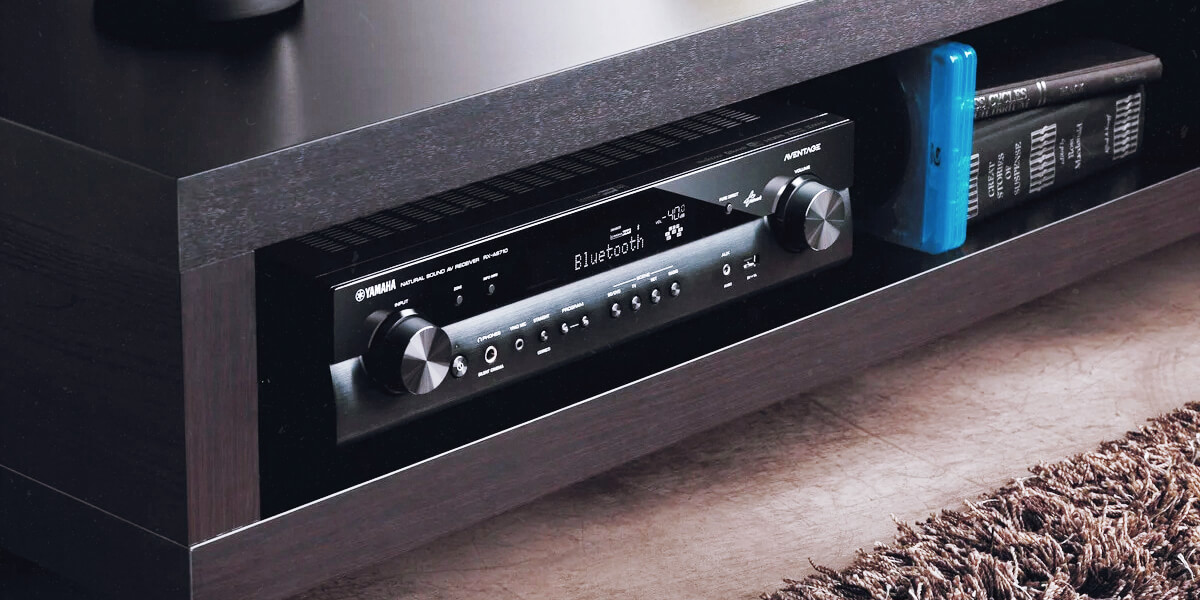


![Best 2-Channel Receiver [Expert Reviews and Buying Guide]](https://hometheaterology.com/wp-content/uploads/2023/11/best-2-channel-receiver-stereo-300x150.jpg)

